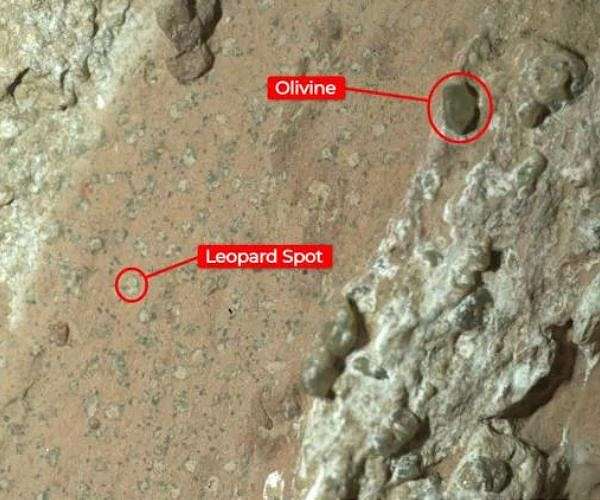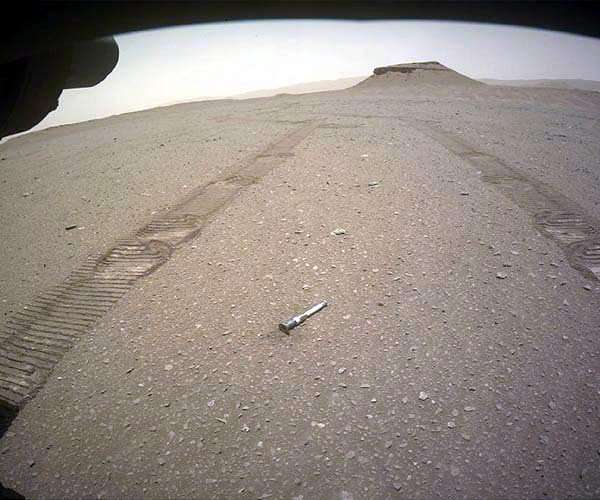Has NASA found evidence of ancient life on Mars
by Sean McMahon | Reader in Astrobiology – The University of Edinburgh
Edinburgh UK (SPX) Jul 31, 2024
NASA’s Perseverance rover has discovered some intriguing signs that ancient Mars could have supported life. This news comes from the analysis of a new sample of mudstone, a type of sedimentary rock, which is believed to have formed in the presence of water.
Perseverance’s main mission is to search for signs of past life in Jezero crater, which was once home to an ancient river delta. The rover is equipped with a suite of sophisticated scientific instruments designed to investigate the geology and chemistry of the Martian surface in unprecedented detail.
The recent findings come from a sample drilled from a rock nicknamed “Berea” in April 2023. The sample contains evidence of carbonates and sulfates, minerals which on Earth often form in water and can preserve biosignatures – indicators that life was present when the minerals formed.
But before we get too excited, it’s important to remember that these minerals can form without life as well. The real test will be when these samples are brought back to Earth for detailed analysis, which is expected to happen in the 2030s as part of the Mars Sample Return program – a joint mission between NASA and the European Space Agency.
Why carbonates and sulfates are important
Carbonates (minerals containing the carbonate ion CO3?) are common on Earth and form in many different environments, including oceans, lakes, rivers, and soils. Many carbonates, such as limestone, form in water and can contain fossils of ancient life.
Sulfates (minerals containing the sulfate ion SO4?) can also form in water and can indicate the presence of evaporating water bodies. On Earth, some sulfate minerals are directly associated with biological activity.
Finding these minerals in Martian rocks suggests the presence of liquid water in Mars’s past, and this is crucial because all known forms of life require water.
What’s next?
Perseverance will continue to explore Jezero crater and collect samples for possible return to Earth. The hope is that the returned samples will provide definitive evidence of ancient Martian life, or at least help us understand the planet’s habitability.
Even if we don’t find signs of life, studying Mars’s geology and climate history will improve our understanding of the Red Planet and its potential to support life in the future.
So, while the discovery of carbonates and sulfates in Berea is exciting, it’s just one piece of a much larger puzzle. The search for life on Mars is a slow and methodical process, and it will take time and patience to uncover the Red Planet’s secrets.
Related Links
Astrobiology – The University of Edinburgh
Mars News and Information at MarsDaily.com
Lunar Dreams and more



